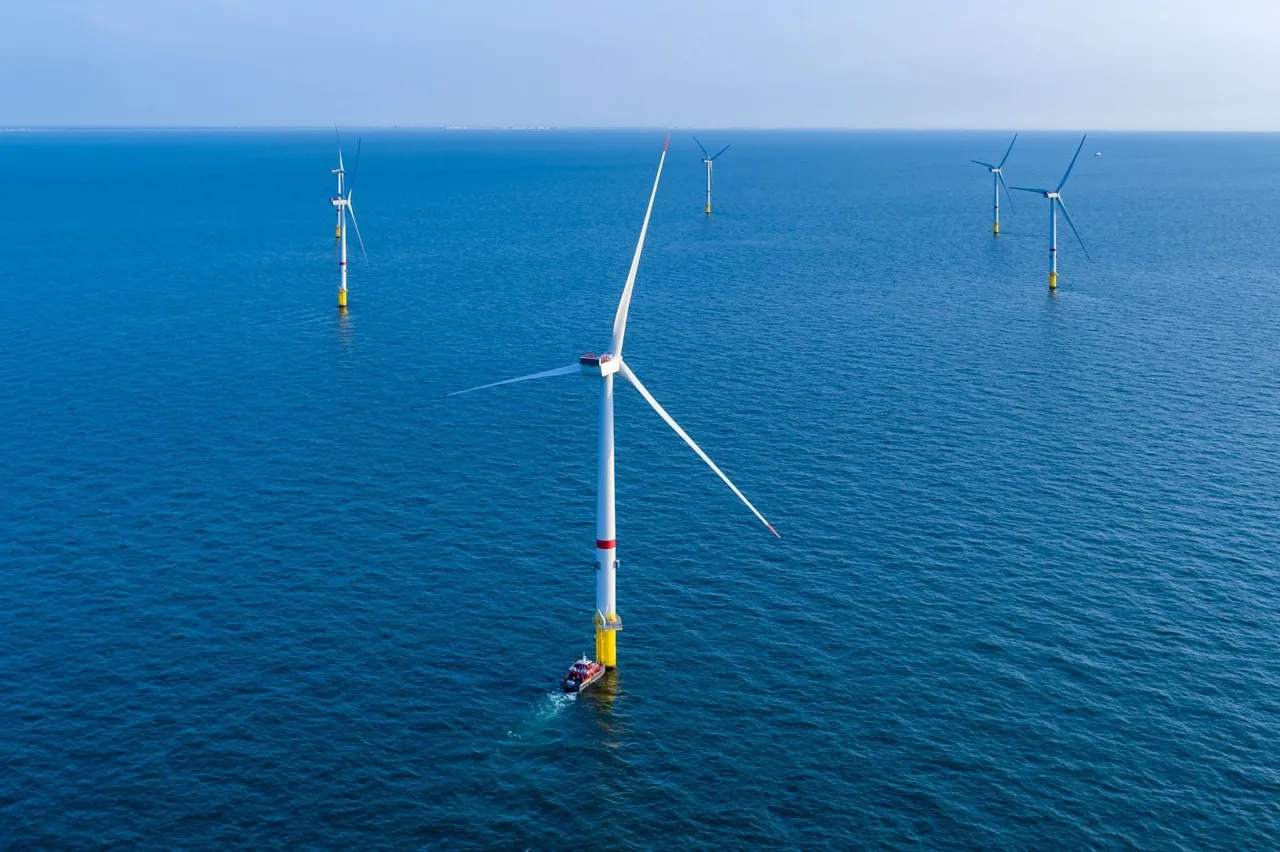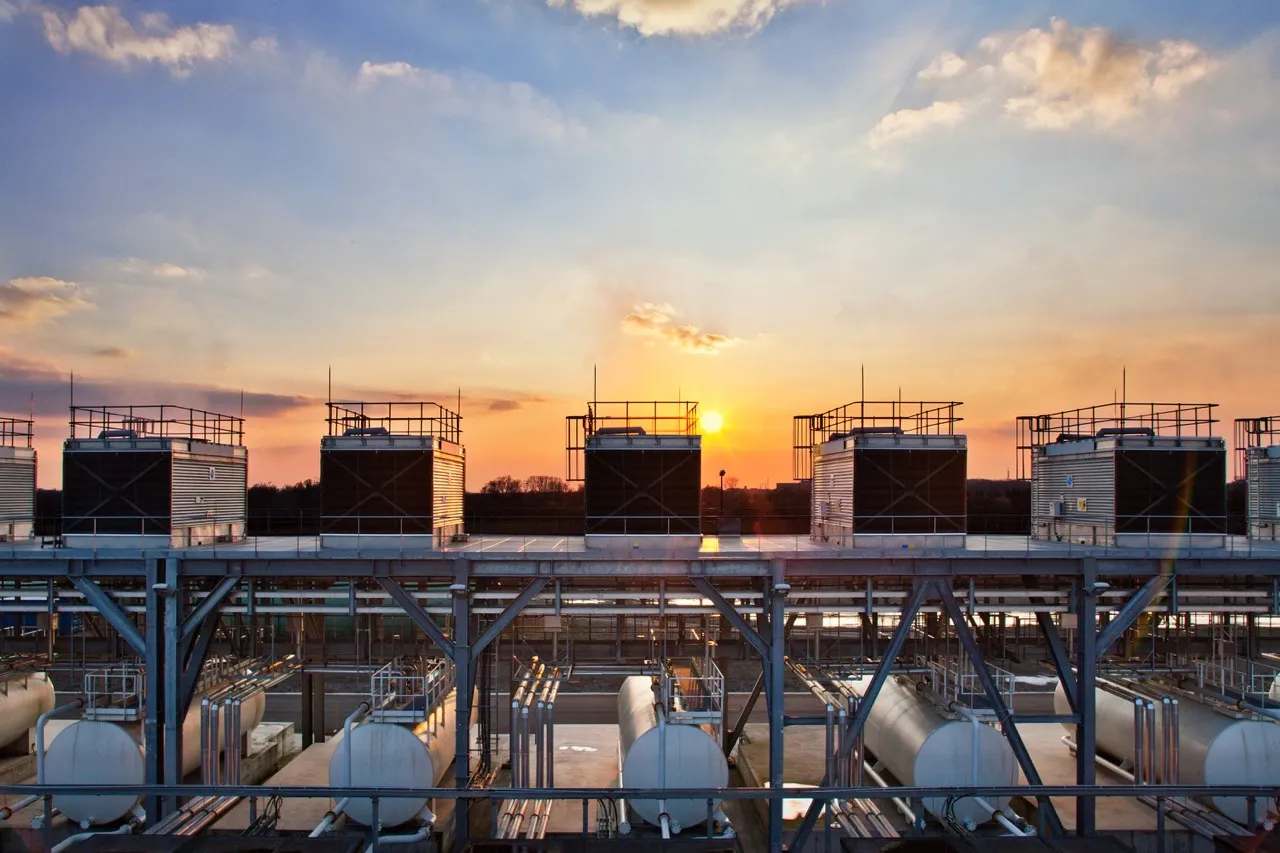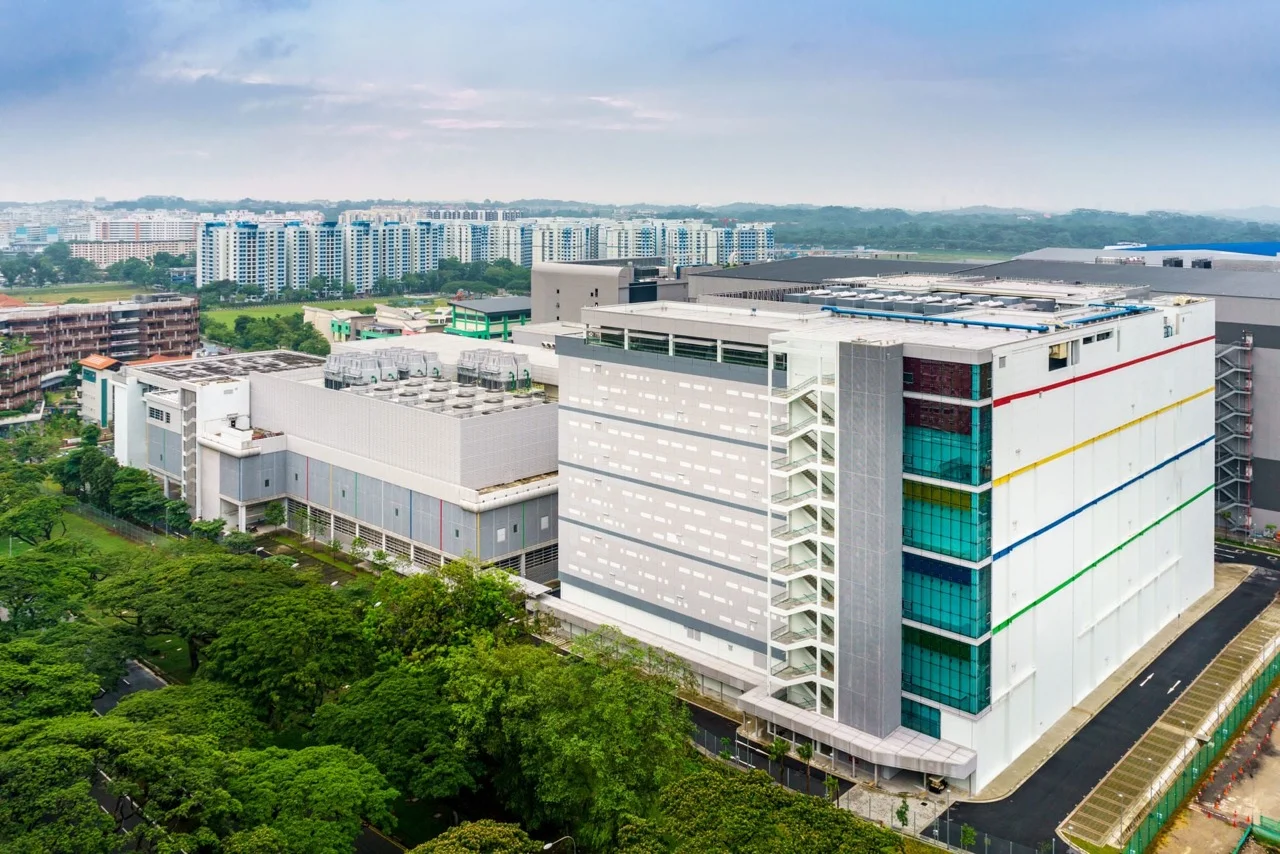Operating sustainably
See how we’re showing the way forward through our own operations.
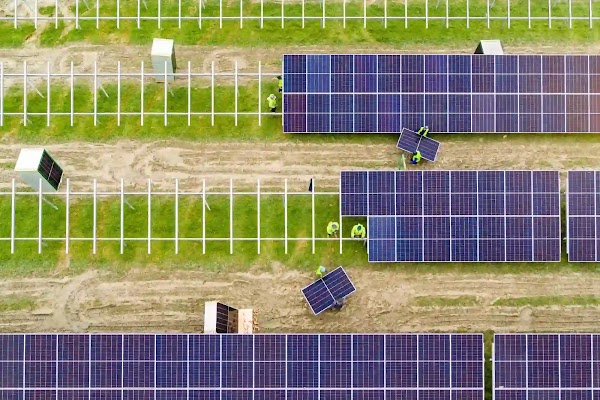
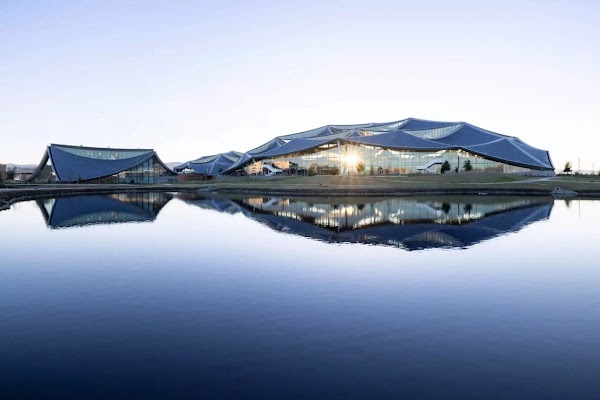


-
Achieve net-zero emissions
We’ve set a goal to achieve net-zero emissions across all of our operations and value chain by 20301
Learn moreAdvance our standard of water stewardship
We aim to replenish more freshwater than we consume and help improve water quality and ecosystem health in the communities where we operate.
Learn moreAccelerate a circular economy
Our ambition is to maximize the reuse of finite resources across our operations, products, and supply chains and enable others to do the same.
Learn moreProtect nature & biodiversity in the places where we operate
We strive to protect and enhance nature and biodiversity through our campuses and technology.
Learn more01Tracking our progress
We believe it is critical to regularly track our progress and be transparent with what we’ve accomplished and where we’re going.
Tracking our progress
We believe it is critical to regularly track our progress and be transparent with what we’ve accomplished and where we’re going.
![Aerial view of the Norther offshore wind farm in Belgium]() Our first offshore wind PPA, the Norther offshore wind farm in the Belgian North Sea
Our first offshore wind PPA, the Norther offshore wind farm in the Belgian North SeaNet-zero carbon
Learn moreTargetTarget year2022StatusCarbon reduction
TargetReduce 50% of our combined Scope 1, 2 (market-based), and 3 absolute emissions before 2030. Invest in nature-based and technology-based carbon removal solutions to neutralize our remaining emissions.
Target yearBefore 2030
2022
10.2 million tCO₂e* total GHG emissions.
*Due to changes in methodologies, we are not reporting progress towards our emissions reduction target this year (see here for more information).Status OngoingCarbon-free energy2
TargetRun on carbon-free energy 24/7, such as wind and solar, on every grid where we operate by 2030.
Target year2030
2022
64% global average carbon-free energy across our data centers and offices.
Status Ongoing![Cooling towers at a data center in Belgium]() Cooling towers at our data center in Belgium
Cooling towers at our data center in BelgiumWater stewardship
Learn moreTargetTarget year2022StatusWater replenishment
TargetReplenish 120% of the freshwater3 volume we consume, on average, across our offices and data centers by 2030.
Target year2030
2022
271 million gallons of water, or 6% of our 2022 freshwater consumption, have been replenished by our contracted watershed projects as of the end of 2022.
Status Ongoing![This multi-story Google data center is located in the heart of Singapore.]() Our impact on the circular economy cuts across all our core business operations, including the data centers we build and operate to power our products. This multi-story Google data center is located in the heart of Singapore
Our impact on the circular economy cuts across all our core business operations, including the data centers we build and operate to power our products. This multi-story Google data center is located in the heart of SingaporeCircular economy
Learn moreTargetTarget year2022StatusData centers
TargetAchieve Zero Waste to Landfill4 for our global data center operations.
Target yearN/A
2022
10 out of 26 (38%) Google-owned and -operated data centers have achieved zero-waste to landfill.5
Status OngoingOffices
TargetDivert all food waste from landfill by 2025.
Target year2025
2022
85% of food waste diverted from landfill.
Status OngoingConsumer hardware products
TargetUse recycled or renewable material in at least 50% of plastic used across our consumer hardware product portfolio by 2025.
Target year2025
2022
41% of the plastic Google used in products manufactured in 2022 was recycled content.6
Status OngoingConsumer hardware products
TargetMake product packaging 100% plastic-free by 2025.
Target year2025
2022
Our packaging was at least 96% plastic-free7 for new Google products launched and manufactured in 2022.
Status OngoingSupply chain
TargetAchieve UL 2799 Zero Waste to Landfill certification at all final assembly consumer hardware manufacturing sites by 2022.8
Target year2022
2022
90% of our established final assembly sites achieved UL 2799 Zero Waste to Landfill certification at Silver or higher.
Status Significant progressStay informed
Explore how our efforts are designed to help us all get the most out of technology, without using more resources.
Our reports
To scale impact, we have created tools and case studies to help others adopt some of the approaches that have worked for us.9
![Cover image of the 2022 Responsible Supply Chain Report]()
![Cover image of a white paper titled: Accelerating Climate Action at Google and Beyond: A Progress Update]()
2022 • General
Accelerating Climate Action at Google and Beyond: A Progress Update
1 We are aiming to reduce 50% of our combined absolute Scope 1, 2 (market-based), and 3 absolute greenhouse gas emissions when compared to a 2019 base year, and planning to invest in nature-based and technology-based carbon removal solutions to neutralize our remaining emissions.2 Carbon-free energy is any type of electricity generation that doesn’t directly emit carbon dioxide, including (but not limited to) solar, wind, geothermal, hydropower, and nuclear. Sustainable biomass and carbon capture and storage (CCS) are special cases considered on a case-by-case basis, but are often also considered carbon-free energy sources.3 Scope: Annual freshwater replenished at our offices and Google-owned and -operated data centers, excluding seawater and reclaimed wastewater.4 Annual operational waste for all Google-owned and -operated data centers globally. “Zero Waste to Landfill” means that more than 90% of waste is diverted from landfill. When possible, we strive to align measurement of waste diversion at our data centers with the UL Environment Standard 2799 Environmental Claim Validation Procedure for Zero Waste to Landfill.5 Based on operational Google-owned data centers that reported waste data in 2022.6 Based on (A) total plastic weight of Google Pixel, Nest, and Chromecast products manufactured in 2022 and (B) Fitbit products launched and manufactured in 2022. Does not include standalone accessory products other than Pixel phone cases, and Pixel Watch Active, Stretch, and Woven bands. This does not include plastics in printed circuit boards, labels, cables, connectors, electronic components and modules, optical components, electrostatic discharge (ESD) components, electromagnetic interference (EMI) components, films, coatings and adhesives.7 Based on total weight of new Google Pixel, Nest, Chromecast, and Fitbit retail packaging (excluding adhesive materials) for products launched and manufactured in 2022, as shipped by Google. To meet the request of some clients, plastic stickers are applied to some packaging variations. Does not include stand-alone accessory products other than Pixel phone cases, and Pixel Watch Active, Stretch, and Woven bands.8 We define “Zero Waste to Landfill” as minimizing waste generation and maximizing the reuse of products and materials as much as possible while diverting 90% or more of solid waste from landfills.9 Sustainability has been a core value for Google since our founding, and our environmental reporting and thinking has evolved over the years. Please refer to our latest Environmental Report for our most current methodology and approach.
